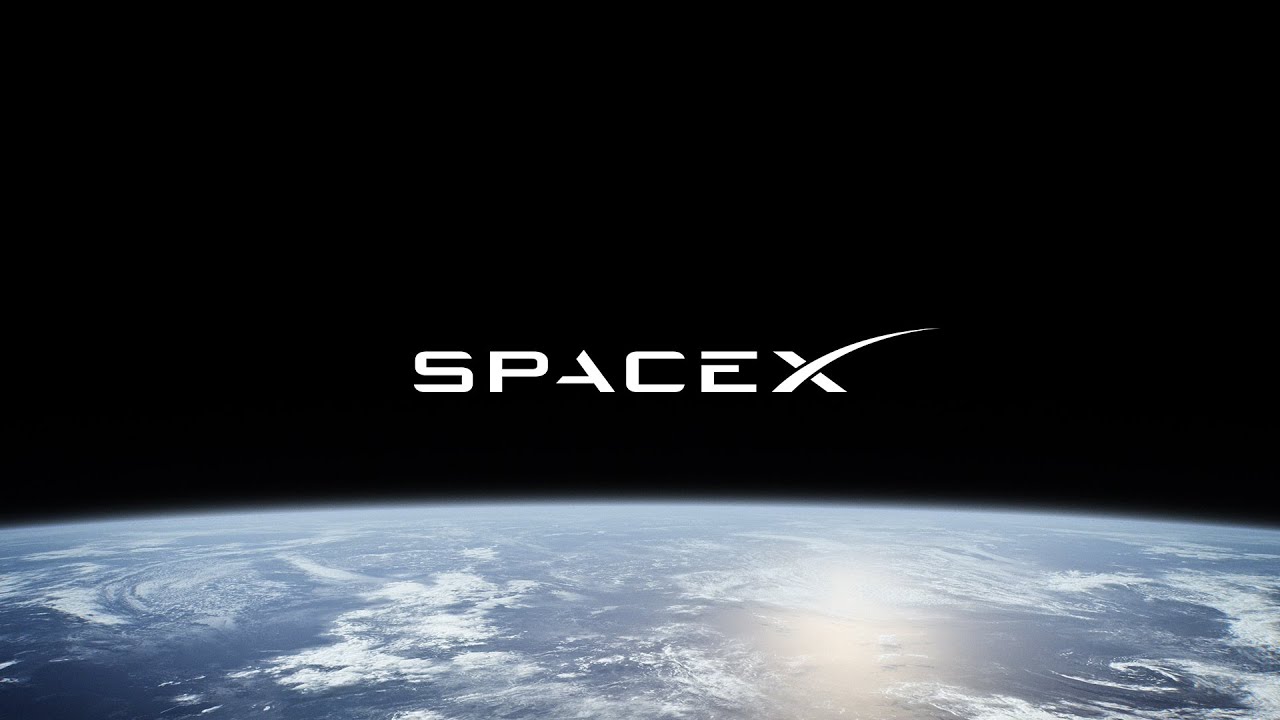SpaceX plans to launch 15 Starlink satellites into Generation 2 Group 6, with an eventual 530 km circular service orbit at 43° inclination on 2023-07-20 at 04:09 UTC. The launch will be from Space Launch Complex 4 East at Vandenberg Space Force Base in California. The first stage booster, B1071, will be making its tenth flight, after a turnaround time of 38 days since its last mission.
This launch will orbit Starlink v2.0 satellites, using the “Bus F9-2” configuration, also called “V2 mini”, with satellites of 800 kg and 4.1×2.7 metres size, able to fit in the Falcon 9 payload fairing, but with only 15 per launch from Vandenberg, whose location is not as favourable for launch to a 43° orbit as Florida.
Here is a pre-flight preview from Everyday Astronaut.
3 Likes
The launch attempt on 2023-07-19, after being postponed to the last opportunity on that day, proceeded normally to the T−5 second mark, at which point the auto-sequencer aborted the countdown. The reason for the abort was not specified. The launch has been rescheduled for 2023-07-20 at 04:09 UTC; I have updated the main post accordingly.
2 Likes
The launch on 2023-07-20 went on time and the flight was a complete success, with the Starlink satellites deployed and the booster safely landed. This flight used a somewhat unusual trajectory compared to earlier Starlink launches. The first stage flew a steep ascent, such that after stage separation at the 10:35 mark in the video at altitude 82 km, it continued coasting upward until the 13:00 mark, reaching an apogee of 180 km. On previous Starlink launches, the first stage apogee is usually around 125 km.
The launch was after sunset at the launch site, but as the rocket rose higher above the Earth, it flew back into sunlight, with the Sun starting to peek above the horizon at 11:32. What followed was a super slow motion sunrise and an extended “diamond ring” Sun on the edge of the Earth’s disc. As the second stage continued toward the south and thus into the terminator closer to the equator in southern hemisphere winter, the Sun appears to say “never mind” and sets again. By 15:05 it’s gone and we’re back into night.
4 Likes
